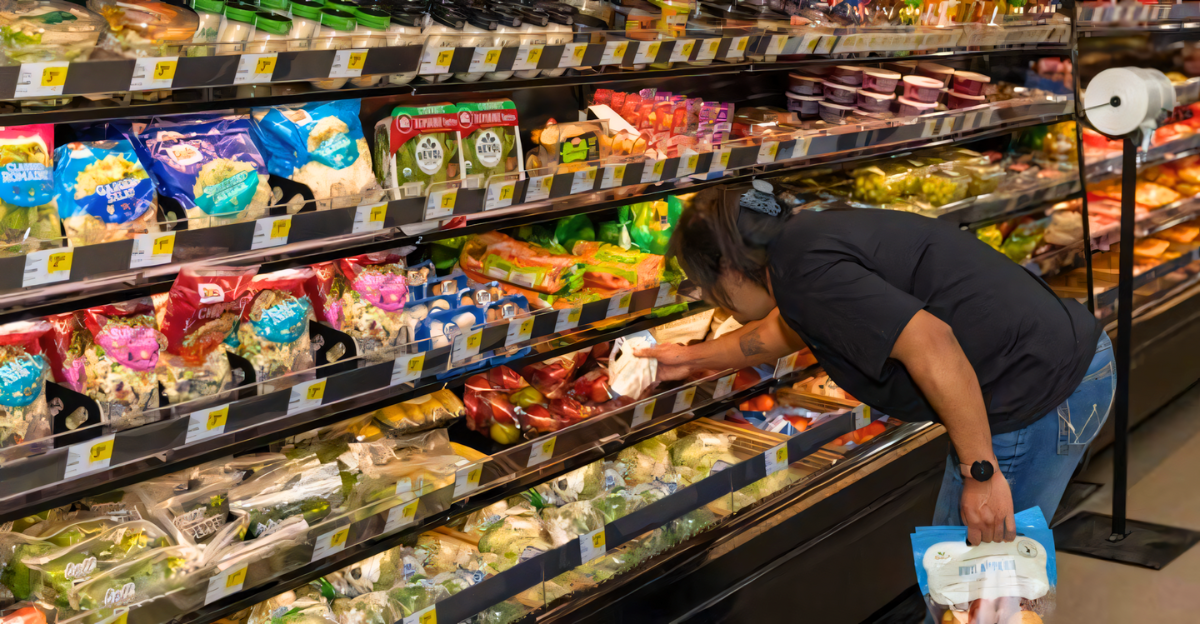
In today’s world of convenience, we’ve been tricked into thinking that paying more for groceries guarantees better quality. The truth? Many items on your grocery list are massively overpriced, and you might not even realize it. Bottled water and pre-packaged salads are some of the items that often come with inflated prices that don’t match their value. This list highlights 10 overpriced grocery items you should stop buying today. Let’s save money and make smarter shopping decisions together.
1. Bottled Water – The Overpriced Tap Water Scam
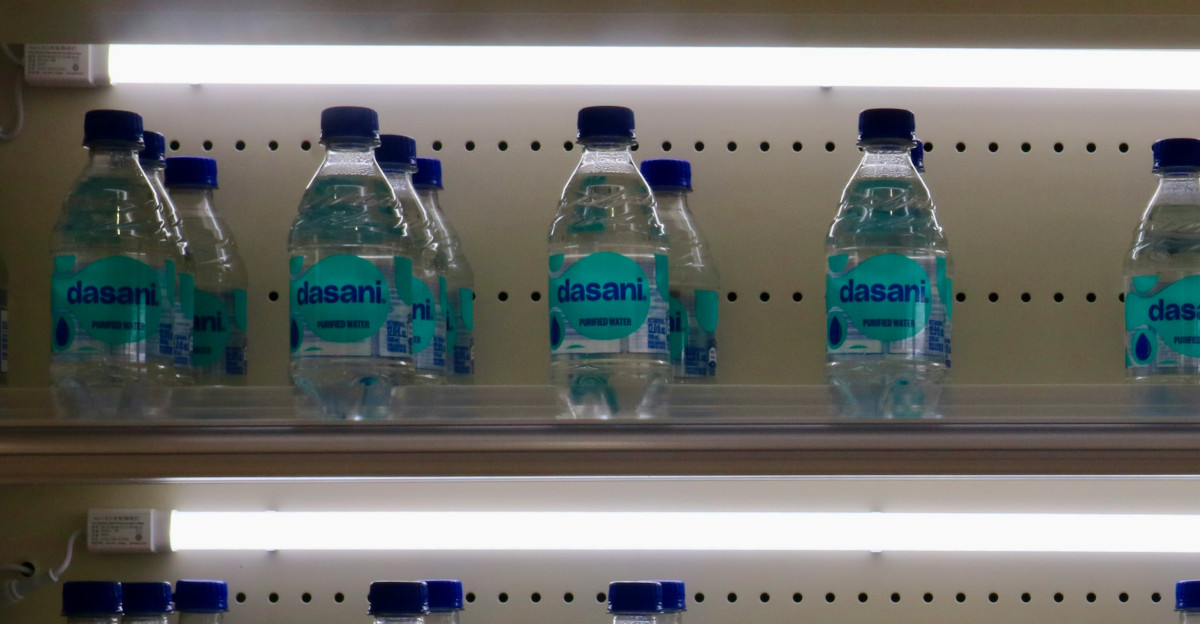
Bottled water is a classic grocery rip-off. Most bottled water comes from regular tap water or underground sources, yet it’s marked up drastically. You’re paying for the convenience of packaging and the illusion of purity, but tap water is just as safe, and much cheaper. Plus, the environmental cost of all that plastic is astronomical. Reusable water bottles and home filtration systems will not only save you money, but also reduce waste.
2. Pre-Cut Fruit – Convenience at a Steep Price

Pre-cut fruit seems like a time-saver, but it’s an expensive convenience. You’re paying a premium for someone else to do the chopping, yet you’re often getting less for more. While it might be easier, the freshness is usually lower, and the price markup can be as much as 100%. Buying whole fruit and cutting it yourself will save you money, and you’ll enjoy fresher, longer-lasting produce.
3. Single-Serve Snack Packs – A Packaging Scam
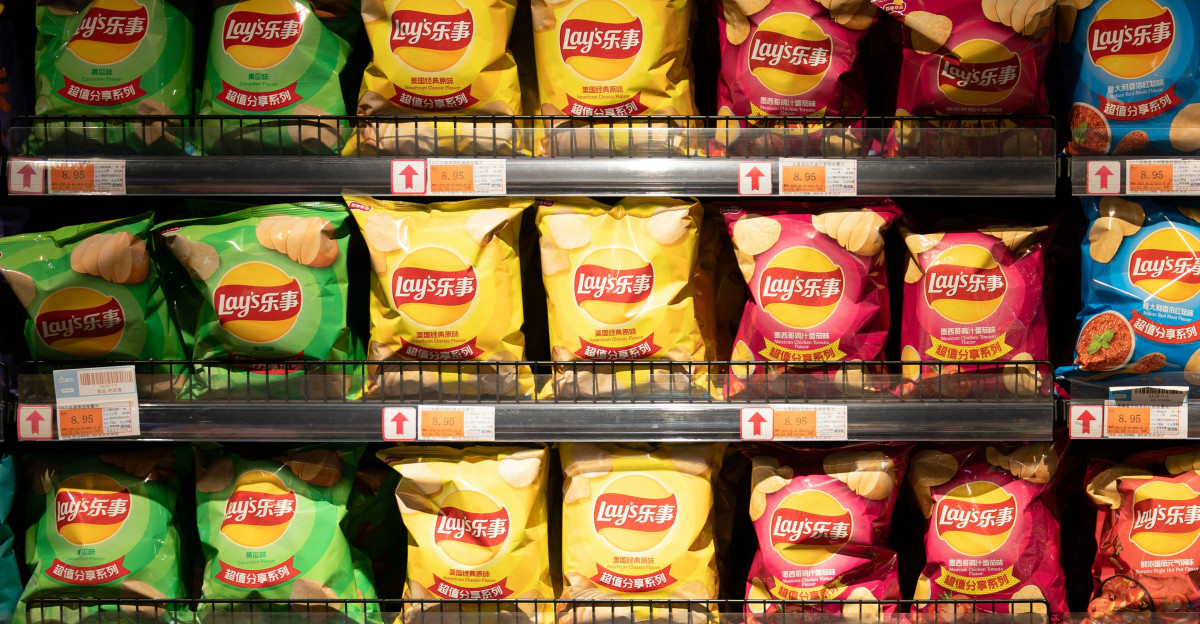
Single-serve snack packs are marketed as the ultimate on-the-go product, but are among the most overpriced grocery items you can buy. Not only do you pay extra for the packaging, but you often get much less product. Instead of buying individually packaged snacks, opt for larger, bulk purchases and portion them yourself. It’s a more sustainable and cost-effective option.
4. Premium Coffee Beans – The Status Symbol You Don’t Need
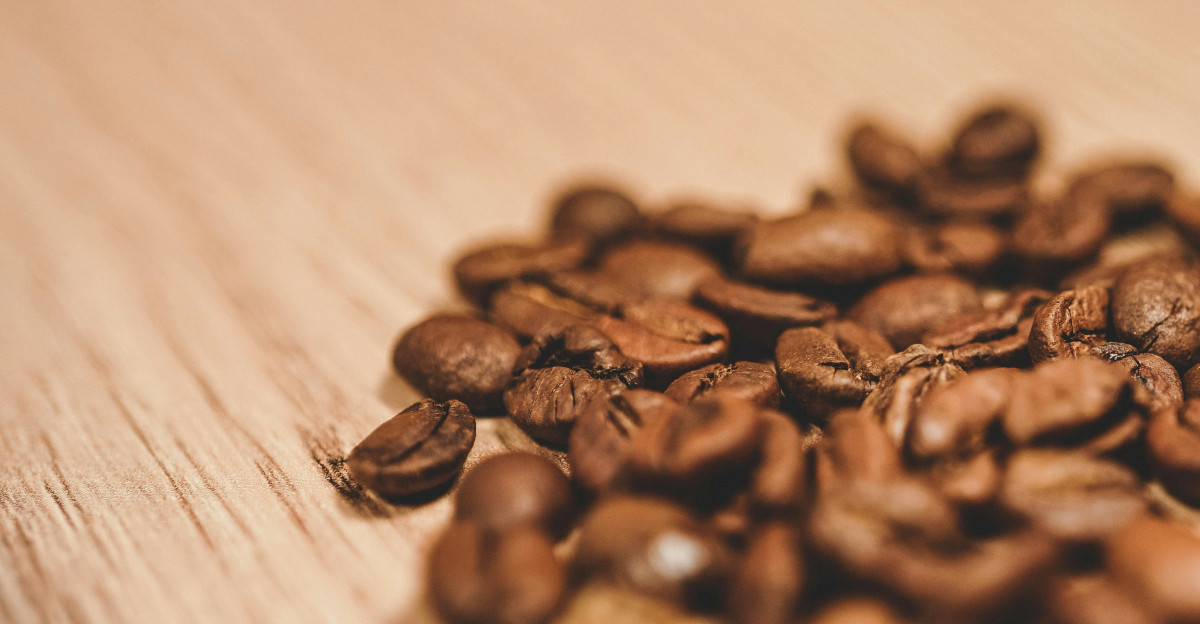
Premium coffee beans can cost a small fortune, but is the quality really that much better? Many of the more expensive brands are often just regular coffee beans with a fancy label. The difference in taste between cheap and expensive beans is often minimal unless you’re a true coffee connoisseur. Instead, buy a mid-range option and invest in a good brewing method to save money while still enjoying a delicious cup.
5. Organic Produce – The Marketing Mirage
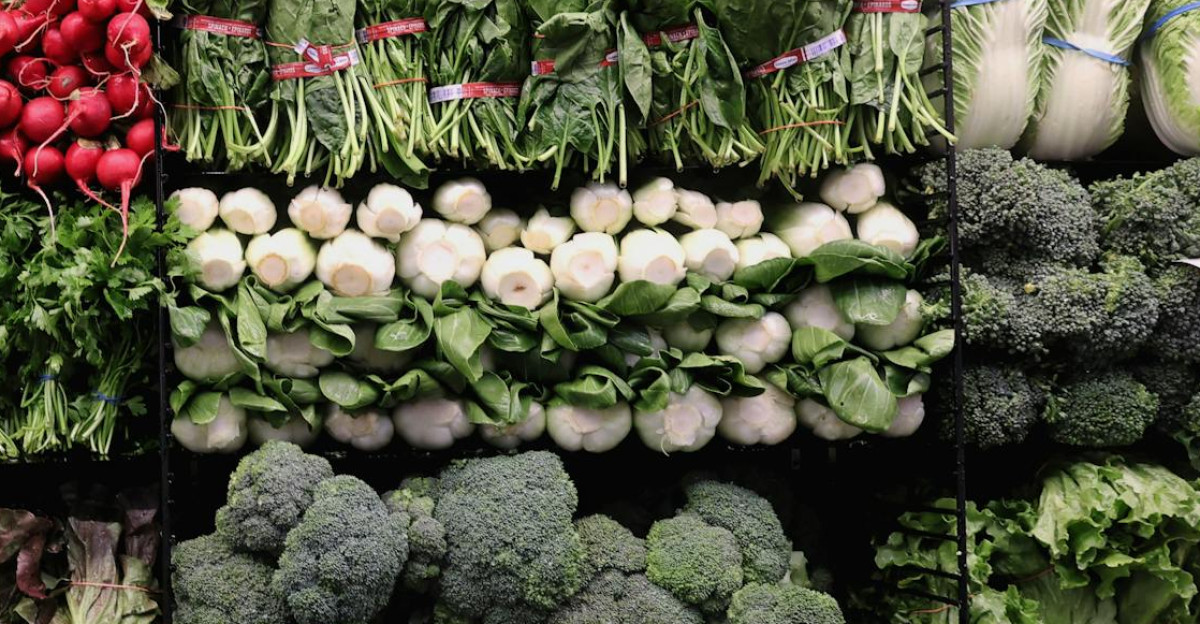
Organic produce is often seen as the healthier option, but it’s not always worth the extra money as it may seem. The nutritional difference between organic and conventional produce is often negligible. While some people prefer organic for ethical or environmental reasons, if you’re looking to save money, buying conventional fruits and vegetables can give you the same health benefits without the added cost that you don’t need to take on.
6. Pre-Packaged Salads – Overpriced Convenience
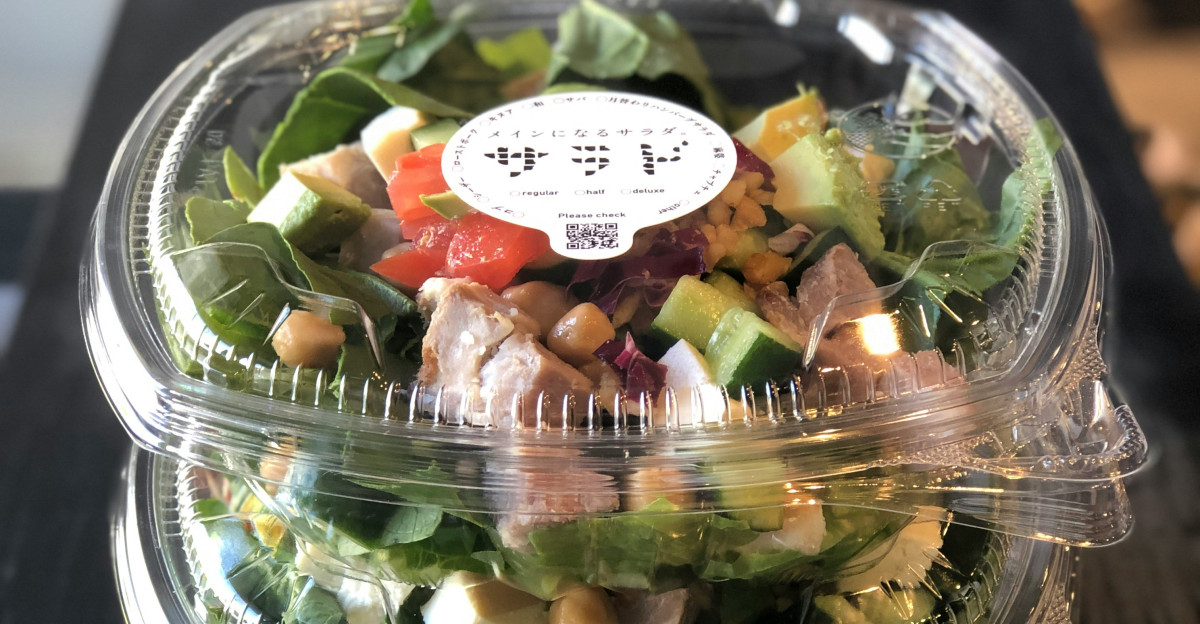
Pre-packaged salads are convenient but come at a premium price. The lettuce and toppings inside aren’t any fresher than what you can buy in bulk. You’re paying for the packaging, which increases the overall cost. By purchasing your own greens and toppings, you can make a salad for a fraction of the price and ensure it’s fresher and more satisfying.
7. Meat Alternatives – The Pricey Plant-Based Hype
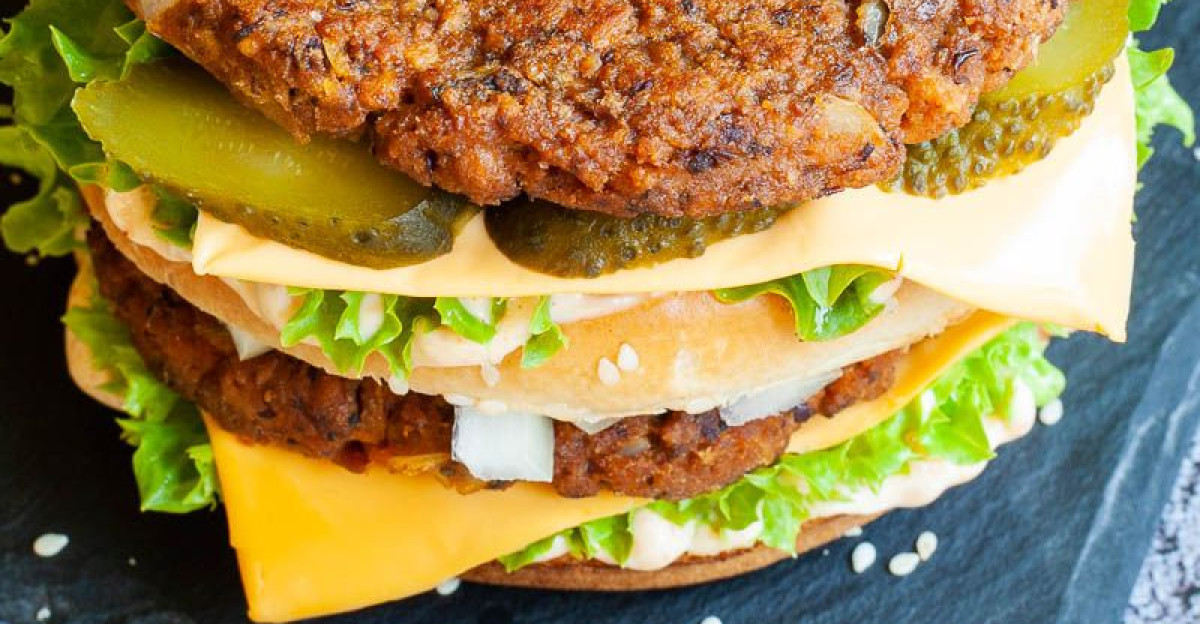
Meat alternatives like plant-based burgers, sausages, and deli slices have exploded in popularity, but they’re often way too expensive. While they offer a good option for those following a plant-based diet, the markup is excessive for what they offer. Instead, opt for affordable whole foods like beans, lentils, or tofu, which provide similar nutritional benefits at a fraction of the cost.
8. Imported Snacks – The Luxury for Unnecessary Markup
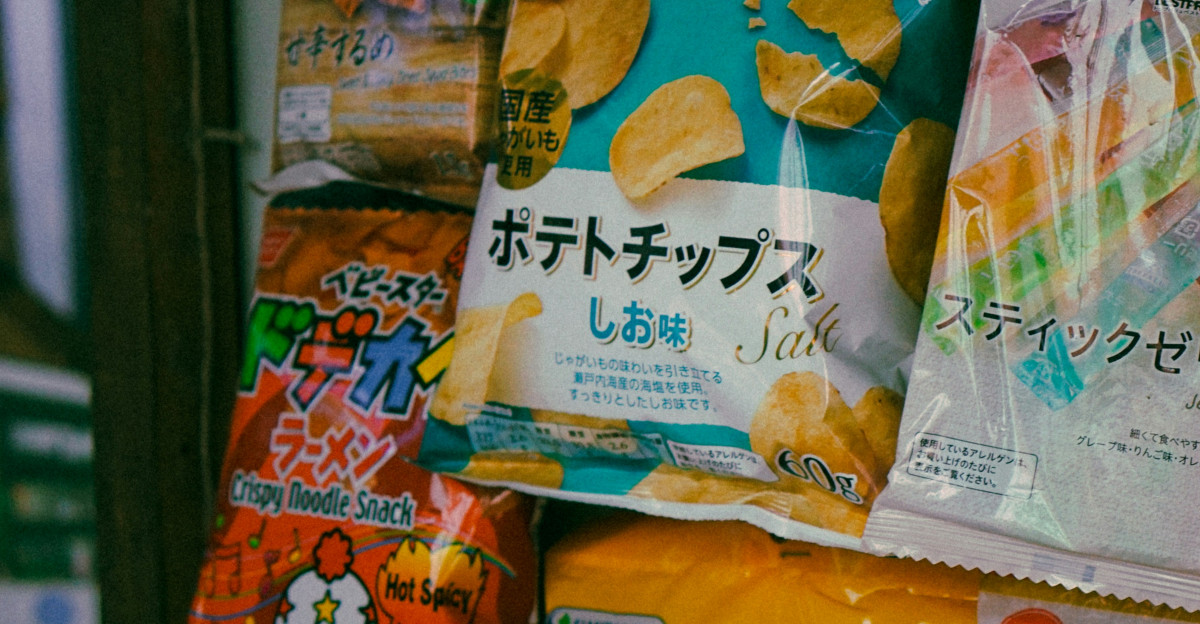
Imported snacks are exciting and often carry a sense of novelty, but they come with a significant markup. Whether it’s a foreign chocolate or exotic chips, the shipping and import duties drive up the price. Local alternatives often offer the same taste and experience at a much lower price. Don’t be seduced by the “exotic” factor; save your money for snacks that don’t have inflated costs.
9. Frozen Meals – The Hidden Overpaying Trap
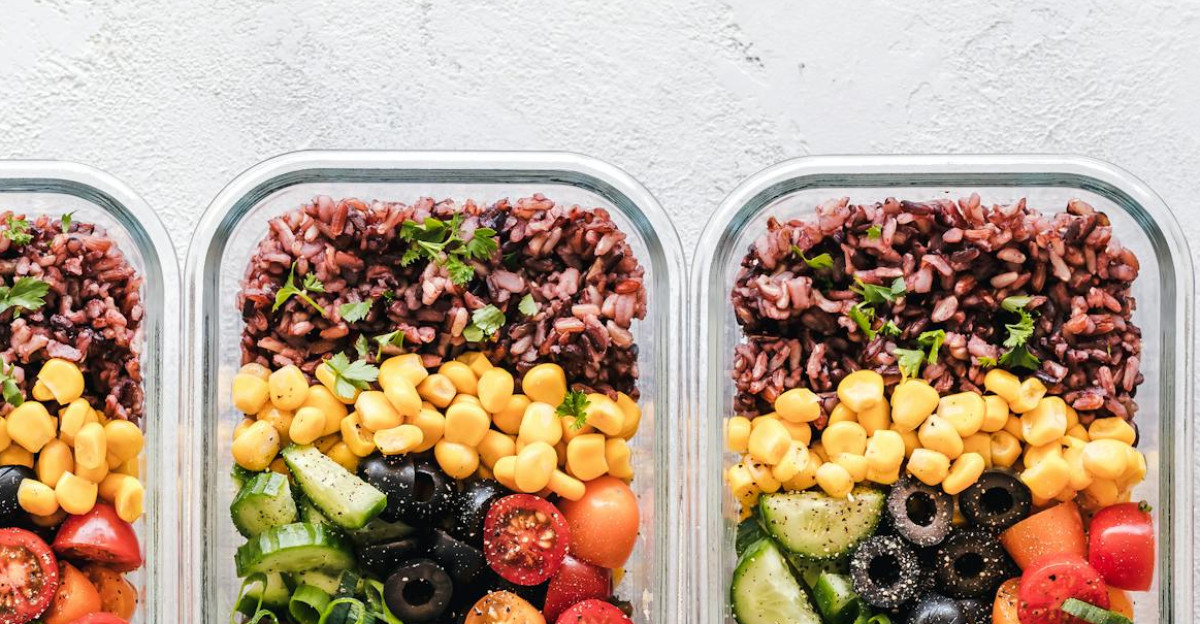
Frozen meals are often marketed as a quick and easy dinner solution, but they’re often overpriced for what you get. Not only are you paying for preservatives, packaging, and processing, but the actual meal size can be small and unfulfilling. Cooking a meal from scratch with fresh ingredients is healthier and more cost-effective in the long run.
10. Bottled Smoothies – Fresh or Not, They’re Still Expensive
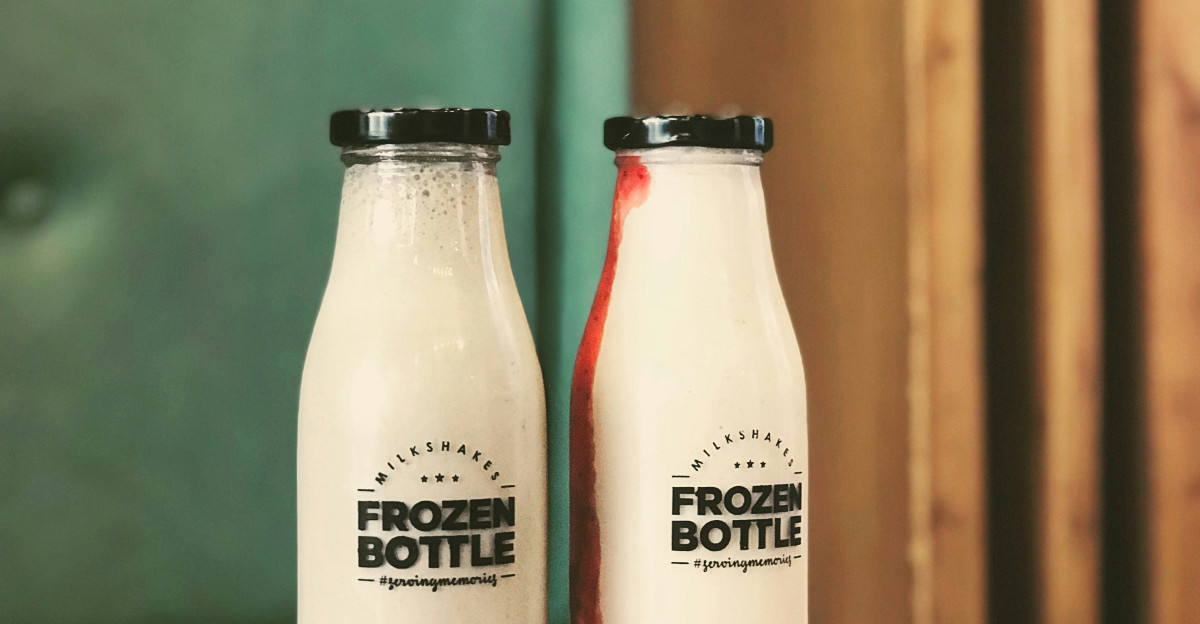
Bottled smoothies seem like a healthy, quick option, but let’s talk about the real cost. You’re not just paying for fruit and veggies , you’re also covering the cost of transportation, refrigeration, and shelf life, all of which are baked into the price. The reality? You’re overpaying for convenience that doesn’t provide the same nutritional punch as homemade versions. When you break down the math, the per-serving cost of bottled smoothies could be three to four times what it would cost to make a batch at home using fresh ingredients.
Start Shopping Smarter Today for Your Pocket
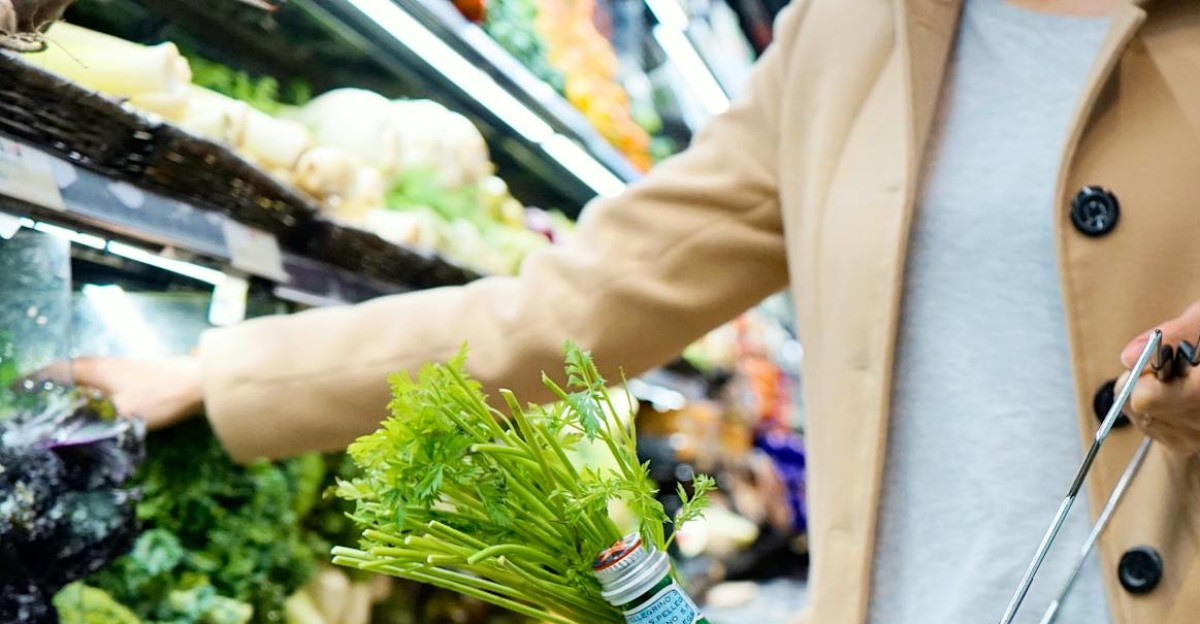
Now that you know which grocery items are simply not worth the price, it’s time to make smarter choices. By opting for alternatives and being mindful of where your money goes, you can drastically cut down your grocery bill without compromising on quality. It’s all about being informed, prepared, and making better decisions at the checkout.
